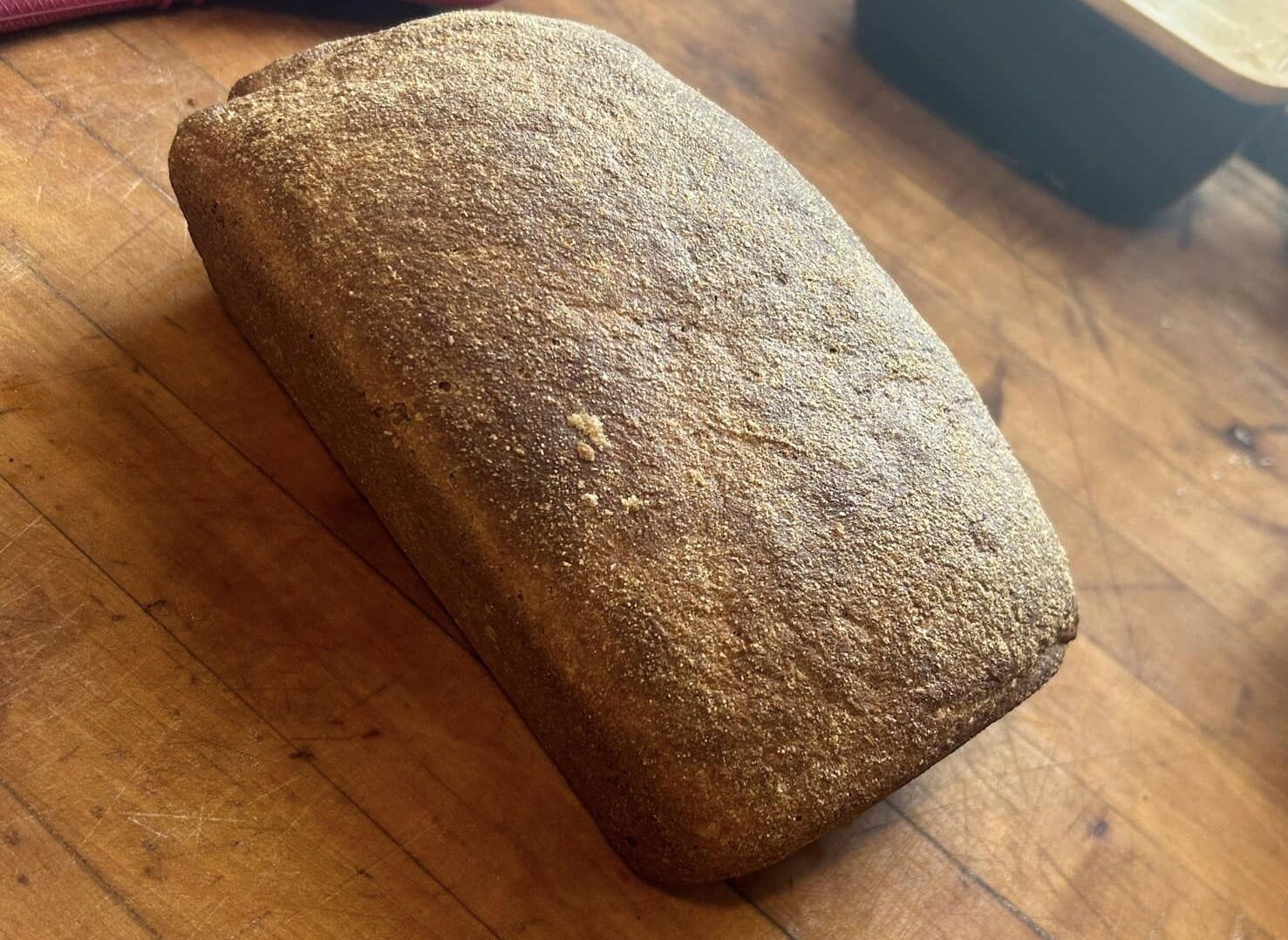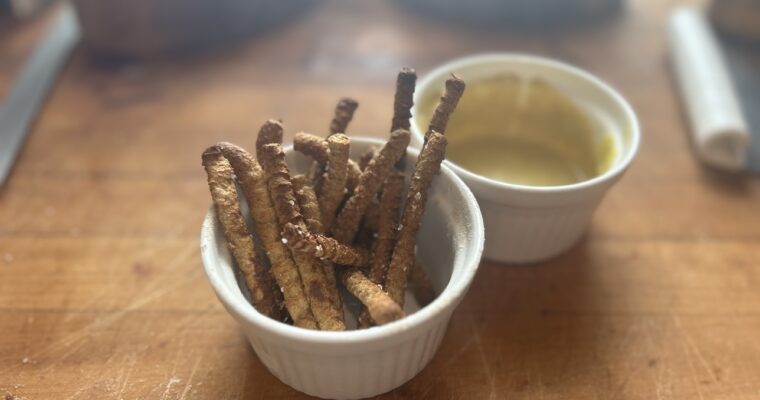Discovering Ezekiel 4:9 Bread: From Mill to Table

Welcome to the right place for exploring Ezekiel 4:9 Bread. It’s a nutritious delight that draws inspiration from the Biblical passage in Ezekiel 4:9. This recipe outlines a nutritious bread using specific grains and legumes. Consequently, Ezekiel bread emphasizes the wisdom of whole grains and legumes for sustenance.
A Biblical Foundation
Ezekiel 4:9 Bread is inspired by the Biblical passage from Ezekiel 4:9. The story outlines a recipe for a nutritious bread using specific grains and legumes. However, this bread is not just a historical artifact. It’s a testament to the wisdom of using whole grains and legumes for sustenance.
Sprouted Grains
Contrary to the Bible, the store-bought version may include sprouted grains. However, if you’re interested in trying this approach, sprouting your own grains can be a rewarding adventure! Here’s a quick tutorial on how to sprout your grains: sprouting your grains for baking bread.
Nutritional Powerhouse
Ezekiel 4:9 Bread boasts a standout nutritional profile by combining grains and legumes like wheat, barley, lentils, beans, and millet. This blend creates a complete protein source packed with essential amino acids, vitamins, minerals, and fiber. Therefore, Ezekiel fasting bread is the perfect choice for maintaining a balanced diet.
Perfect for Fasting
Ezekiel 4:9 Bread’s composition of whole grains and legumes makes it ideal for fasting. Whether fasting for spiritual reasons or maintaining health goals, this bread offers sustained energy and essential nutrients. Its slow-release carbohydrates from whole grains help stabilize blood sugar levels, keeping you satiated longer.
From Mill to Table

Making Ezekiel 4:9 Bread from scratch is a rewarding experience. Starting with freshly milled whole grains enhances flavor and nutritional richness. Milling your own grains preserves nutrients and flavors often lost in store-bought flour. Additionally, consider using the Yudane method for softer bread. How? Mix 25 grams of flour with 50 grams of water before incorporating it into the recipe. See our yudane posts for more info if you’re a newbie to that:
Soft and Delicious
Contrary to some expectations, Ezekiel 4:9 Bread isn’t as dense or heavy as store-bought versions. When made with freshly milled flour and baked with care, it turns out surprisingly soft. This Ezekiel bread has a delightful texture that’s perfect for sandwiches, toasting, or enjoying on its own. The blend of grains and legumes gives it a unique taste that’s both wholesome and satisfying.
Try Our Recipe
Ready to embark on your Ezekiel 4:9 Bread journey? Here’s a simple recipe to get you started:

Ezekiel 4:9 Fasting Bread
Ingredients
- 320 g wheat berries, hard white
- 110 g grain, spelt
- 25 g grain, barley
- 15 g millet
- 8 g great northern beans
- 8 g kidney beans
- 8 g pinto beans
- 8 g lentils
- 8 g hemp seeds or amaranth
- 340 g water
- 15 g yeast (instant)
- 50 g honey
- 7 g sea salt, celtic grey
- 50 g extra virgin olive oil or butter (optional)
- 15 g vinegar optional
Instructions
- Mill the grains and beans, mixed together, into a fine flour.
- Mix together the flour, water, honey, and oil for five minutes.
- Add the yeast and the salt, and mix together a few more minutes.
- Let the dough rise until doubled. This is not optional.
- Preheat the oven to 375 F.
- Shape the dough into a loaf, and let rise in 9×5 bread pan.
- Bake until 190 F in the middle of the loaf. If the crust gets too dark, lower the oven temp for the remainder of the bake to 325 or 350.
- Let cool before slicing.
- Store in a bag.
Video
Notes
Nutrition
Conclusion
Discovering Ezekiel 4:9 Bread is not just about making bread – it’s about connecting with a tradition of wholesome nutrition and culinary craftsmanship. Whether you’re milling your own grains or simply enjoying the process of baking fresh bread, Ezekiel 4:9 Bread promises a delicious, nutritious, and satisfying experience for you and your family.
Are you ready to taste the difference? Give our recipe a try and let us know how your Ezekiel 4:9 Bread turns out!






Thank you for your recipe. I have been working on a (sprouted) sourdough version for additional digestibility, less phytic acid and for lower glycemic index.
I am confused with the Nutritional breakdown……is it for 50gm or for a whole loaf, or am I missing something?
You’re very welcome Jacki! 50 grams is an estimated weight of a slice of bread.